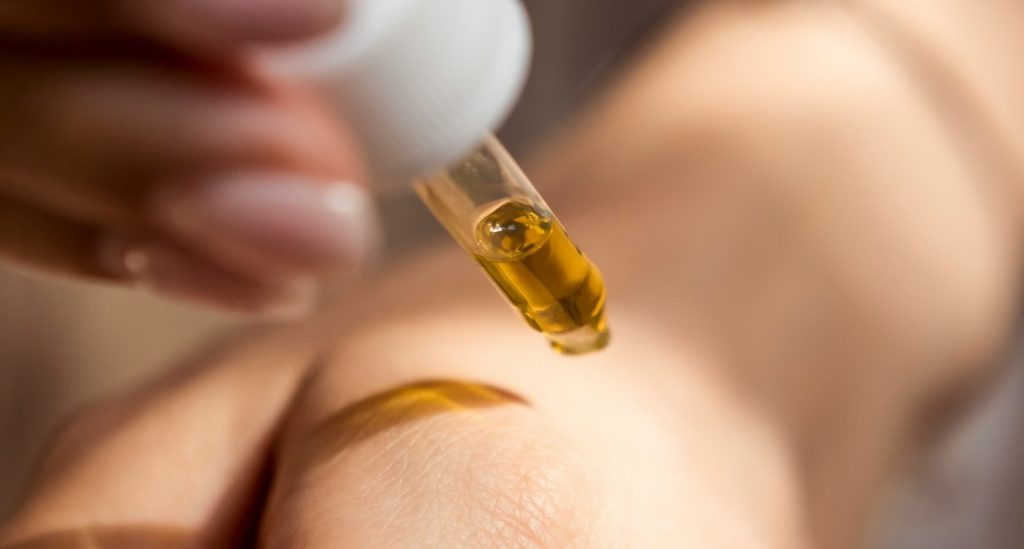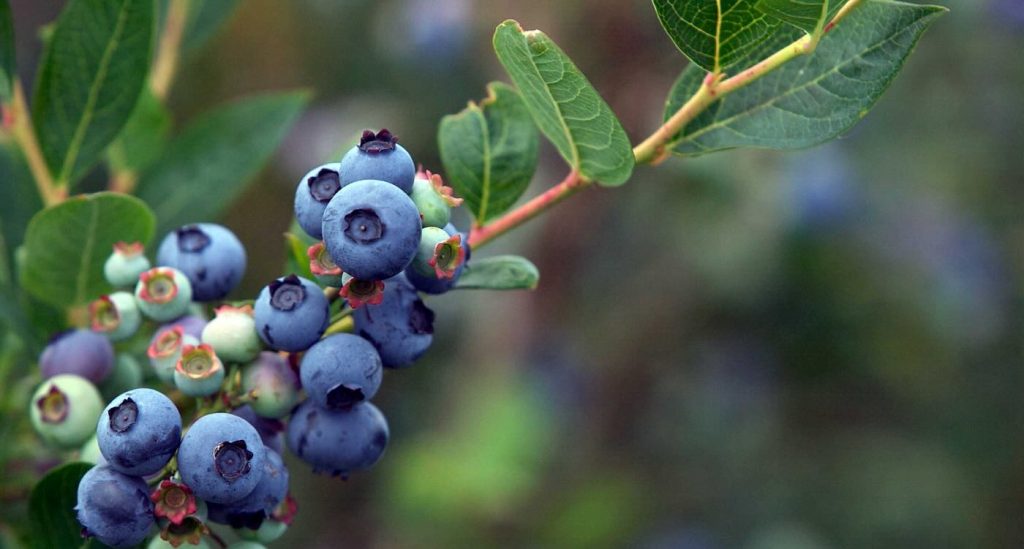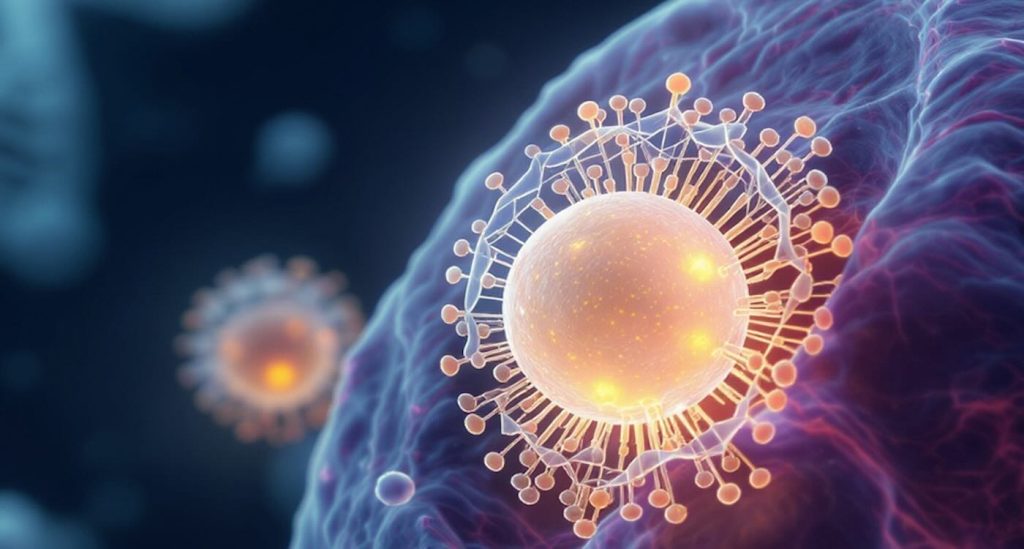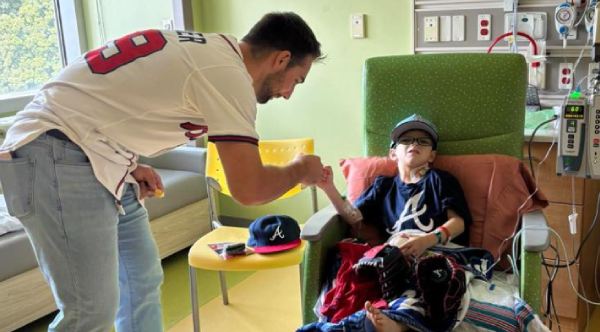In a remarkable twist of discovery, scientists at the University of Oregon have found a hidden treasure in our skin—the potential for a new source of antibiotics. This heartening tale not only underscores the power of collaboration but also shines a light on the extraordinary world of fungi that reside on our bodies, offering hope in the escalating fight against antibiotic resistance.
Researchers are often on the lookout for groundbreaking solutions to pressing health issues, and this story is no exception. A group led by postdoctoral researcher Caitlin Kowalski stumbled upon a fascinating molecule linked to yeast found on human skin. This particular yeast, known as Malassezia, proves to be an ally in combating antibiotic-resistant bacteria, which poses a growing concern in hospitals worldwide.
The study, published in the journal Current Biology, revealed that Malassezia thrives by consuming lipids found in human skin. In doing so, it generates fatty acids that effectively target harmful bacteria like Staphylococcus aureus. This bacteria, often harmless when it resides in our noses, can lead to severe infections if it finds a way into open wounds or cuts.
What’s astonishing is that one-third of the population carries Staphylococcus aureus without issue. However, this bacterium can be a major threat, especially in hospitals, where antibiotic-resistant strains have emerged, creating an urgent need for new treatment options.
Kowalski explained, “While many studies focus on identifying new antibiotic structures, we took a different route. We brought attention to a compound already recognized for its potential.” This compound, when placed in conditions resembling the acidic environment of healthy skin, demonstrated remarkable potency. Kowalski noted that traditional lab conditions might have overlooked such antimicrobial properties due to differing pH levels.
As Kowalski and her team delved deeper, they discovered that the skin microbiome—a diverse community of microorganisms—continues to intrigue scientists. Unlike the gut microbiome, which has been extensively studied, our skin’s fungal inhabitants, like Malassezia, haven’t received as much scholarly attention, despite being crucial to our overall health.
It’s fascinating to think about how these fungi can harmlessly coexist with us, even as they play a role in conditions like dandruff and eczema. They have adapted to live on our skin, making them an essential asset in the quest for antimicrobial compounds.
The researchers learned that Malassezia sympodialis could convert skin lipids into hydroxy fatty acids—molecules that act like little warriors against Staphylococcus aureus. This interaction leads to the disruption of the bacteria’s cell membranes, effectively neutralizing the threat in a matter of minutes.
However, like all stories, there’s a twist. Over time, bacteria can develop resistance, as seen with many clinical antibiotics. Some strains of Staphylococcus aureus began to show tolerance to the effects of the fungi, instigating a genetic response that allows them to survive against these natural defenses.
Despite these challenges, Kowalski expresses optimism about exploring the potential of fungi as new antimicrobial sources. “There’s enormous promise in applying microbes as treatments,” she said, acknowledging the need for ongoing research and understanding of these interactions.
The journey to uncover these miraculous fatty acids took three years and a collaboration between various experts. Kowalski’s advisor, Matthew Barber, likened it to searching for a needle in a haystack, emphasizing the complexity of such molecular discoveries.
Excited by her findings, Kowalski plans to expand her research further into the intricate dynamics of the skin microbiome, envisioning a future where understanding these microorganisms could revolutionize how we approach healthcare.
In an age combating the threat of antibiotic-resistant infections, Kowalski’s work paves the way for innovative treatments derived from the very organisms that inhabit our skin. It’s a small yet significant step towards a healthier future, reminding us that sometimes the solutions we seek are closer than we think, right there on our skin.
[Source: By Leila Okahata, University of Oregon]
If you would like to see similar good news stories click here & Share this to brighten someone’s day.






